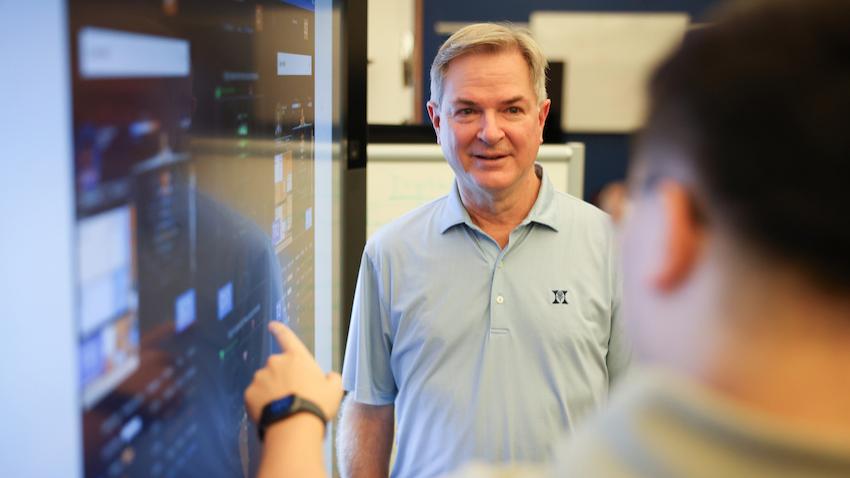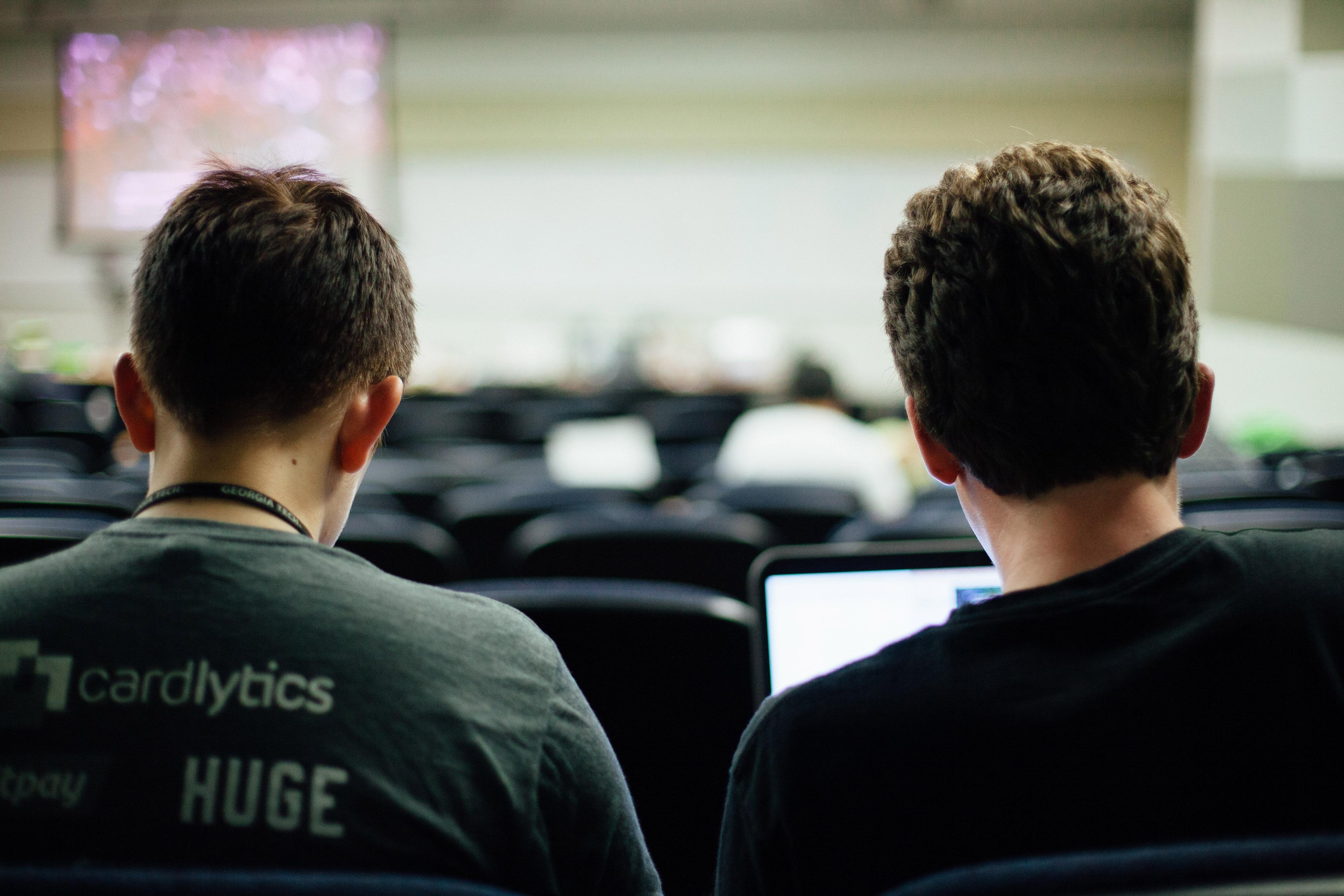
Awards Roundup: Regents' Professor Earns IEEE VGTC Lifetime Achievement Award
The Institute of Electrical and Electronics Engineers’ Visualization and Graphics Technical Community (IEEE VGTC) has named Regents' Professor John Stasko the recipient of its 2023 Lifetime Achievement Award.
Stasko will accept the award at the IEEE Visualization and Visual Analytics conference in Melbourne, Australia, this week.
According to its website, the VGTC is a subcommunity of the IEEE Technical Activities Board. It provides leadership and organization in visualization, community graphics, virtual and augmented reality, and interaction.
Stasko received the VGTC Technical Achievement Award in 2012 for his work on the Jigsaw visual analytics system. Stasko designed Jigsaw to help analysts better assess, analyze, and make sense of document collections. His paper on Jigsaw received the IEEE Visual Analytics Science and Technology (VAST) Test of Time award in 2017. In 2014, Stasko was named an IEEE Fellow.
“This award means a great deal to me because the IEEE VIS Conference has been such a big part of my career,” Stasko said. “I first attended the conference when it was held here in Atlanta in 1995. Later, I hosted it as General Chair when it returned to Atlanta in 2013. Being recognized for a career's worth of work on a topic is so meaningful and gratifying. To join the list of past recipients of this award is a true honor. I am deeply grateful to all my students and research colleagues who contributed to our projects together over the years.”
This recognition is the second major career award Stasko has received this year. He was named an Association of Computing Machinery Fellow in January.
RELATED: Regents' Professor Named ACM Fellow
Georgia Tech Dominates Awards at Ubicomp/ISWC 2023
Two Georgia Tech papers earned best paper honorable mention recognition, and two faculty members received impact awards at the 2023 joint conference on Pervasive and Ubiquitous Computing (UbiComp) and the International Symposium on Wearable Computing (ISWC). The conference was held Oct. 8-12 in Cancun, Mexico
Professor Thad Starner received the 10-year Impact Award for a paper he co-authored titled Using Mulitple Sensors for Mobile Sign Language Recognition.
Starner and Professor Melody Jackson also received the 20-year Impact Award for their paper FIDO — Facilitating Interactions for Dogs with Occupations: Wearable Dog-Activated Interfaces.
Zikang Leng and associate professor Thomas Ploetz received a best paper honorable mention for Generating Virtual On-body Accelerometer Data from Virtual Textual Descriptions for Human Activity Recognition.
Charles Ramey, Arianna Mastali, Adithya Muralikrishna, Starner, and Jackson also earned an honorable mention for their paper Wireless Sensor Collar for Automatic Recognition of Canine Agility Activities.
RELATED: Chat GPT Can Save Time, Resources for Sensory Data Researchers
Georgia Tech Students Shine at CSCW
Ph.D. Candidate Alyssa Sheehan received a best paper award at the Conference on Computer-Supported Cooperative Work and Social Computing (CSCW), held Oct. 14-18 in Minneapolis.
Sheehan, a 2022 Foley Scholar, was awarded for her paper Making Meaning from the Digitization of Blue Collar Work. The paper explores how small businesses benefit by incorporating employee feedback into designing and implementing automated processing technologies for front-line workers.
Azra Ismail, an associate professor at Emory who completed her Ph.D. from Georgia Tech in May, received a best paper honorable mention. She wrote her paper, Public Health Calls for/with AI: An Ethnographic Perspective, as a Georgia Tech student at under the advisement of Associate Professor Neha Kumar.
Ph.D. student Camille Harris received recognition for contribution to diversity and inclusion for her paper Honestly I think TikTok has a Vendetta Against Black Creators: Understanding Black Content Creator Experiences on TikTok.



